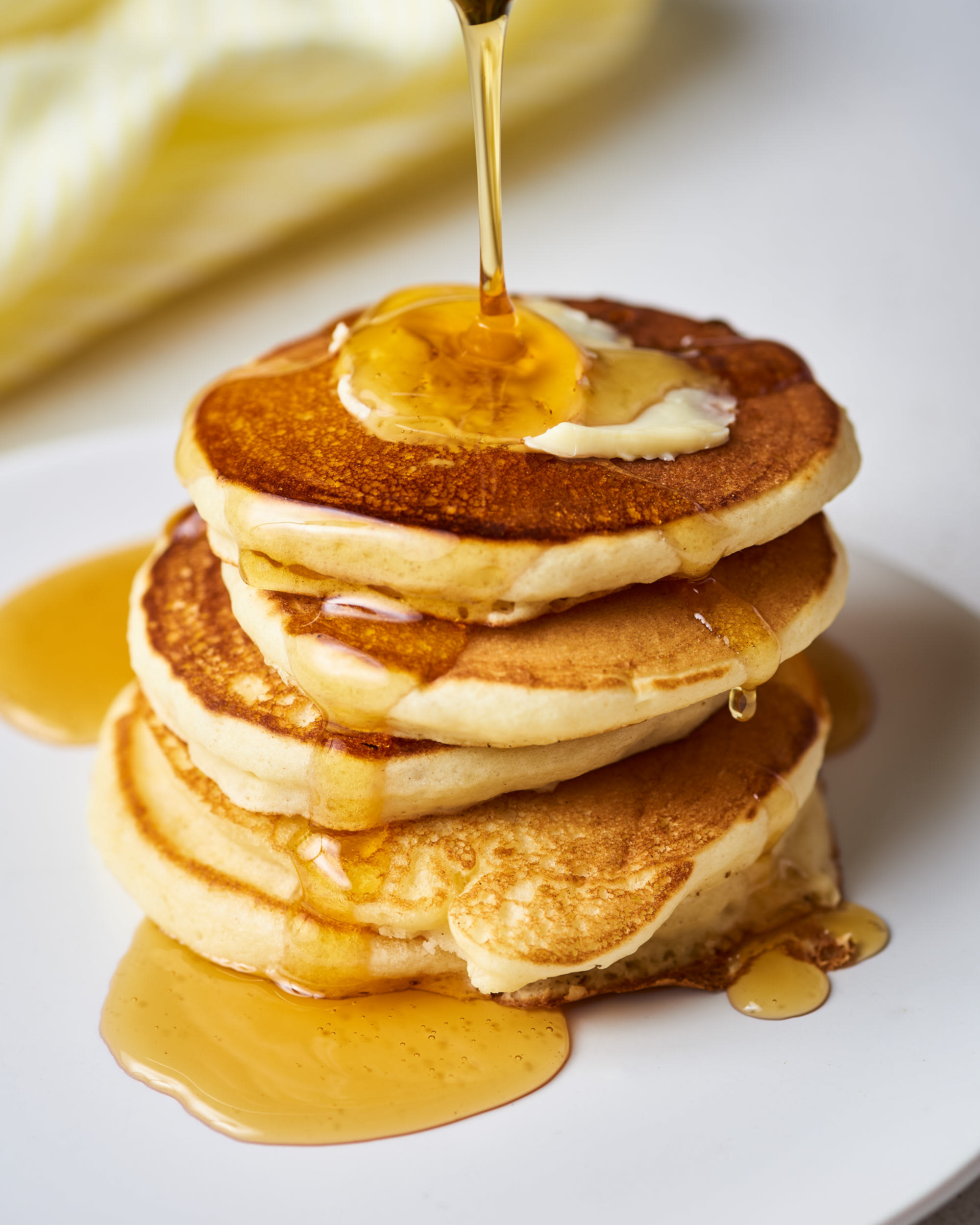The Science Behind The Pancake
Pancakes have been around for over 30,000 years during the stone age and they have had plenty of names before “pancake”. Those names consist of, “Indian cakes”, “hoe cakes”, “johnnycakes”, “journey cakes”, buckwheat cakes”, “buckwheats”, “griddle cakes”, and even “flapjacks”. Two ancient Greek poets by the names of Cratinus and Magnes wrote about pancakes in their poetry and even Shakespeare mentioned them in his most famous plays. During the English Renaissance, pancakes were made with spices, rosewater, sherry, and apples. The name “pancake” started during the 15th century but didn’t become standard until the 19th century. Today when we make pancakes, we usually make them with milk or water or even baking soda, to each it's own. But early Americans made them with buckwheat or cornmeal. The chemical reaction comes about when the leavening agent and the acidic ingredient cross paths, the leavening agent being the baking powder and baking soda and the acidic ingredient being the buttermilk. These two things create what we think to just be little holes when in all reality, the holes are actually carbon dioxide.

As you can see here, the carbon dioxide makes these little holes and this happens because the the tiny holes allow the dough to rise up.

In our experiment, we kept everything the same besides the liquids. When we did the trials three times and we used milk, water, and two eggs.
(trial one, with water)
Procedure for trial one:
1. Let the griddle heat up to at least 375 degrees
2. Poured two cups of mix in the bowl
3. Poured 1 ½ cups of water into the bowl
4. Mixed until there were no lumps, meaning it was smooth and needed no more mixing
(trial two, with milk)
Procedure for trial two:
1. Let the griddle heat up to at least 375 degrees
2. Poured two cups of mix in the bowl
3. Poured 1 ½ cups of milk into the bowl.
4. Mixed until there were no lumps, meaning it was smooth and needed no more mixing
(trial three, with two eggs)
Procedure for trial three:
1. Let the griddle heat up to at least 375 degrees
2. Poured two cups of mix in the bowl
3. Added two eggs
4. Mixed until there were no lumps, but it still ended up having lumps
5. We had to add a little bit of water (We wouldn't have been able to make this pancake without it)
Results:
Trial one: (second place, 8.5)
- Tastes alright, too doughy though
- Kind of thick
- Very light
- Very soft, you can see from the picture in trial one where we pressed on it and it has little spots
Trial two: (first place, 10)
- Taste better, not doughy
- More color than first
- Not too soft but not too hard
- Very fluffy
Trial three: (third place, 2)
- Tastes HORRIBLE !
- Smells BAD !
- Rubbery
- Burnt on one side too light on other
Conclusion:
Hypothesis: "The pancakes will be more fluffier and taste better if you add milk instead of eggs and water". Our hypothesis was correct, as you can see from above we ranked them from 1-10 and places and as seen above, the one made with milk topped all three because it tasted way better and it was very fluffy, then the one with water came second because it tasted alright but it was a little bit too doughy and there was no fluffiness at all, and the one with the eggs came last because it was beyond disgusting and it was very thin, no fluffiness at all.

Chemistry outlook:
As we said up there, the bubbles were caused by carbon dioxide molecules and the reason being was to be able to let the dough rise.
Comments
Post a Comment